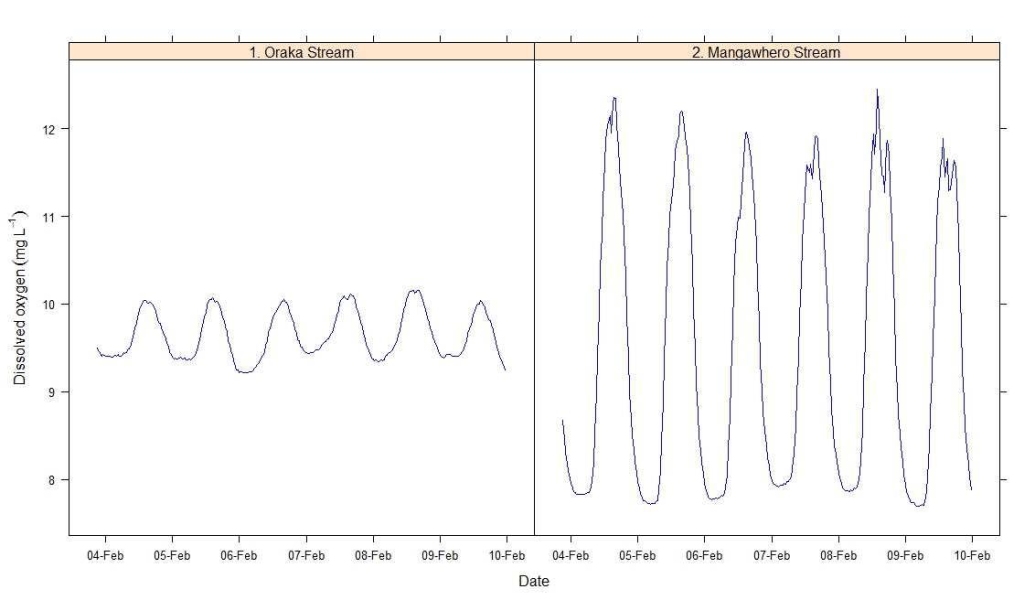The National Objectives Framework (NOF), requires communities to list values that reflect what is important to them about freshwater, for example ecosystem protection, recreation or irrigation.
For each of these values there is a list of attributes according to whether the water quality is A excellent, B good or C fair. There are also 'bottom lines' which are set at the lowest acceptable water quality levels.
For example, one of the attributes to protect the health of lake ecosystems is total phosphorus (TP) concentration, where the attribute unit is milligrams of phosphorus (P) per cubic metre of water (mg/m3). Lakes in state A should have annual median TP concentrations that are less than 10 mg/m3, those in state B will have median concentrations of 10-20 mg/m3 and those in state C will be 20-50 mg P/m3. The National Bottom Line for total phosphorus in lakes is 50 mg P/m3.
The Ministry for the Environment requested that NIWA outline a National Objectives Framework for rivers to protect the value 'Ecosystem Health' (and indigenous species) for the attributes temperature, dissolved oxygen and pH. We were asked to recommend thresholds (limits) for discussion and review by the scientific and end-user community.
Water temperature strongly influences water composition. It affects the equilibrium point of other variables and the rates of key physical and chemical processes, for instance, the equilibrium solubility of dissolved oxygen. Oxygen is essential for almost all forms of life, reduced dissolved oxygen levels (hypoxia) can impair the growth and reproduction of aquatic organisms. Very low dissolved oxygen levels will kill organisms. Consequently, the dissolved oxygen concentration of water is critical to stream ecosystem health.
The variable pH is a measure of the concentration of hydrogen ions in water and defines how acidic or alkaline conditions are, as well as regulating the toxicity of many other pollutants (e.g. ammonia). All three variables can exhibit appreciable change over 24 hours (diel variation) in response to changes in water temperature, photosynthetic uptake of carbon dioxide by aquatic plants and decay of organic substances.
Clearly, there is a need for continuous monitoring of these variables if we are to capture extreme values in many sites. Temperature can easily be logged continuously and the new generation of probes that are based on fluorescence technology enable reliable continuous monitoring of DO (dissolved oxygen).
A team from NIWA, Sue Clearwater, Rob Davies-Colley, Paul Franklin, Chris Hickey and Bob Wilcock have drawn on their research experience in measuring and modelling diel variations, and in understanding the ecosystem responses, to derive attribute tables for each of these key water quality variables.
A key outcome of this work was the recognition that some areas of the country 'Eastern Dry' climates are hotter and drier - therefore streams are shallower and heat more rapidly. Than other 'Maritime' climates with a +1°C shift in temperature. Attribute tables for temperature and dissolved oxygen are now included in Proposed amendments to the National Policy Statement for Freshwater Management 2011 – a discussion document.

